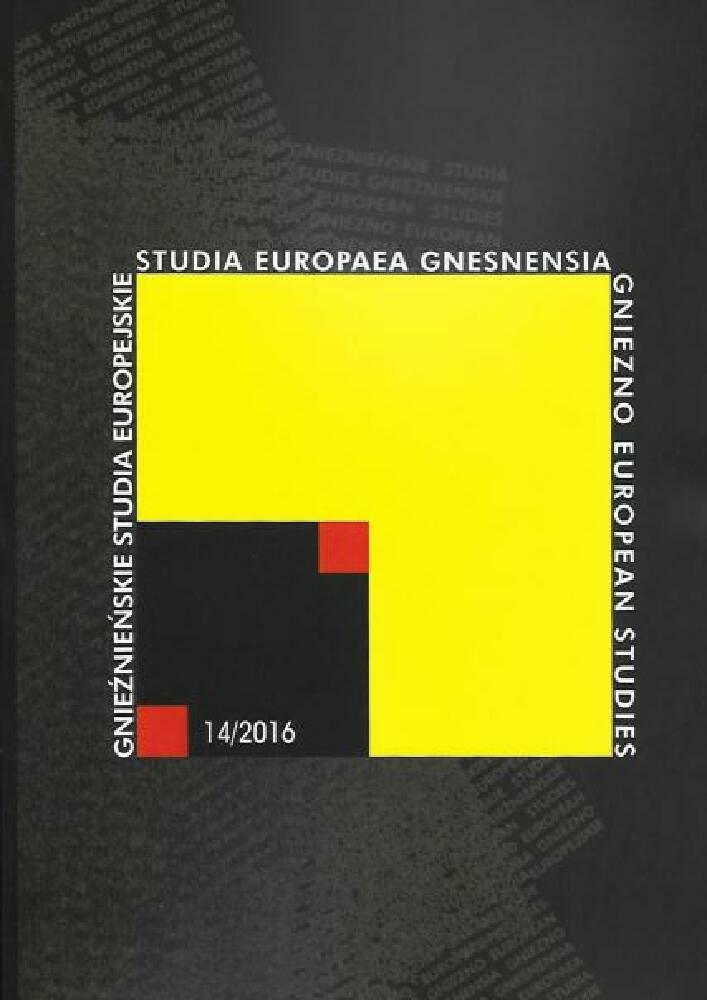Abstrakt
In this paper, the authors chooses the theory of metarealism as a tool to reveal the worlds of Marc Chagall - the physical and metaphysical ones which function simultaneously. The purpose behind it is to help readers discover Chagall’s magical, mysterious and mystical environments which he so adroitly conveyed via his colourful creations. For this end, I analyzed three of his well-known paintings, each of which helped uncover his world of harsh reality merged with his life of fantasy, both spiced with symbolism.Bibliografia
Amishai-Meisels Z., The Jewish Awakening: A Search for National Identity, Russian Jewish Artists in a Century of Change 1890-1990, Munich-New York 1990.
Baal-Teshuva J., Marc Chagall, Koln 2000.
Barzel H., Metarealistic Hebrew Prose, Ramat Gan 1974.
Chagall M., Leaves from My Notebook, [in:] B. Harshav’s Marc Chagall and His Times - A Documentary Narrative, Stanford 2004, pp. 70-169.
Friedman M., Icon Paintings and Russian Popular Art as Sources of Some Works by Chagall, Journal of Jewish Art 5, Jerusalem 1987, pp. 106-107.
Harshav B., Marc Chagall and the Lost Jewish World, New York 2007.
Kamensky A., Chagall - The Russian Years 1907-1922, London 1989.
Landau D., From Metaphor to Symbol, Ramat Gan 1979.
Makarius M., Chagall, Paris 1987.
Meyer F., Marc Chagall, New York 1964.
Sweeney J., Marc Chagall, New York 1969.
Wullschlager J., Chagall, New York 2008.
